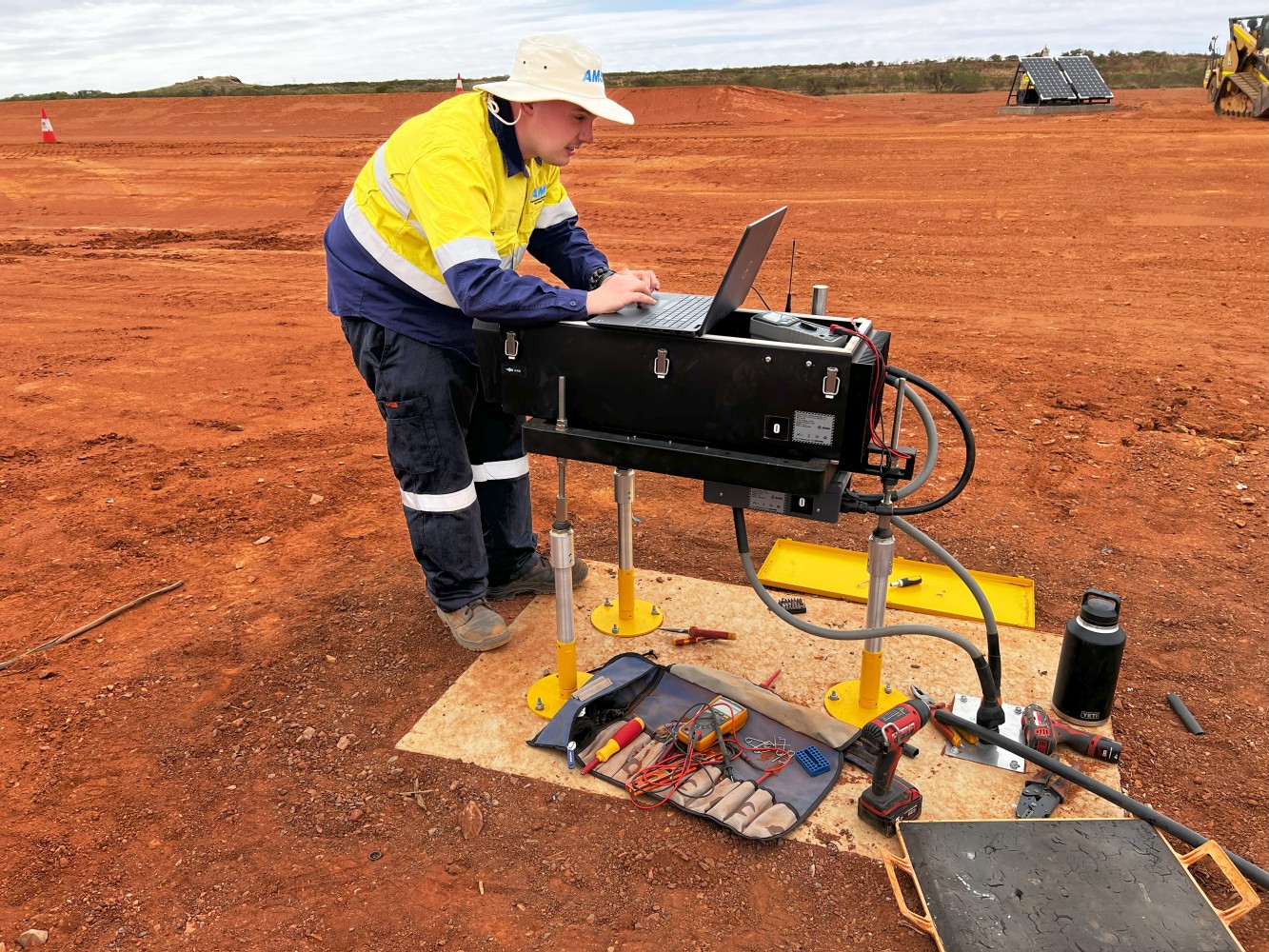




High temperatures and harsh weather conditions have always been challenges for regions like Australia, the Middle East, and Africa, affecting airfield lighting systems. With climate change, heatwaves are now hitting other regions too, prompting experts to consider Solar AGL as a safer, more resilient alternative for airfield lighting in extreme environments.
Maintenance Hazards
Working in heat during the day can cause dehydration and result in heat-related illness. Maintenance during high temperatures also puts AGL team workers at risk of heat exhaustion, fainting, and stroke.
Expenses on Nighttime Maintenance
In high-heat regions, airports must allocate additional funds for nighttime maintenance, as it offers safer conditions than daytime hours. This includes costs for extra staffing, increased pay rates, and specialized equipment to ensure optimal performance and safety of the personnel.

Component Degradation
In extreme heat, airfield lighting systems face component degradation, leading to failures and blackouts. Traditional 6.6 Amp systems generate considerable heat under normal conditions, and in high temperatures, they can reach unsafe levels, exposing wires.
Unstable Energy Supply
Frequent blackouts are a growing issue in heat-stricken regions. For example, Montenegro recently experienced major power outages during a heatwave, showing how vulnerable energy grids can be in such conditions. Even backup generators can struggle under these conditions, as they risk overheating and fuel evaporation.
Remote Diagnostics via ALCMS
There is no need to leave the comfort of the control tower to troubleshoot each lighting fixture in the airfield. The S4GA ALCMS system allows operators to diagnose issues remotely, minimizing the risk of heat stroke.

Reduced Maintenance Time
Maintenance of S4GA’s solar airfield lighting is safe and straightforward, even during a heatwave. There’s no need for complex cabling work in daytime heat. Airport personnel can easily handle tasks like cleaning panels or replacing batteries in a safe environment, avoiding time-consuming activities like electrical calibration or continuity checks.
In the rare event that urgent maintenance is needed, personnel can quickly identify faults in the AGL system through the ALCMS and replace the faulty component within minutes—no complex procedures required.

Self-Sufficient Power Supply
For airports in high-temperature regions, an unreliable power supply can disrupt operations. S4GA’s Solar AGL provides a fully self-sufficient power solution. Airports like Fortescue Dave Forrest in Australia and a remote military airbase in North Africa have avoided power interruptions with S4GA solar-powered lighting. Our system uses a distributed power source, providing complete independence from a centralized power supply.

Heat Resilience
While no system is entirely heatproof, S4GA’s Solar AGL components – solar panels, batteries, and LEDs – are highly resistant to high temperatures and UV exposure. Built with durable materials, they minimize system failure and wear. Unlike wired AGL, they avoid insulated wiring that can become a safety risk in extreme heat.
As climate patterns shift, regions unused to extreme heat are facing new challenges, while traditionally hot areas contend with even harsher conditions. To future-proof operations, airports need safe, user-friendly, and resilient solar systems.
Request a quote